
Is fat good for you? Science Vs cultural influences
Jan 14, 2022The starting point
From an evolutionary and biological standpoint, it’s easy to prove that fats play a key role in our diet.
Reducing them means creating problems, while vice-versa, increasing them (when carefully selected) means making an investment in physical and mental health.
Some of you will be reading this thinking: “but fats make you obese”, “they block the arteries”, “and what about cholesterol?!”, or something along those lines.
It’s a normal reaction as we’ve frequently heard these objections despite new information becoming available. We’ve been through it too.

And this is the precise reason that we’ve decided to tackle the issue starting from the mental and cultural pre-conceptions that have been dominant for years and that continue to prevail today despite scientific evidence against them.
Seeing that changing habits is a mental as well as a practical issue, if we want to help someone change their diet it’s important that we introduce new information alongside the correct ‘mindset’ to go with it. On the practical side of changing habits some interesting news is on its way in the newsletter and on social media.
Meanwhile, let’s take things one step at a time and look at the first two elements at play.
Another article focusing on another two key features relating to metabolism and energy (both mental and physical) will follow shortly.
1. A cultural and linguistic issue
When we talk about ‘fats’ most of us immediately think one of two things:
- Adipose layers on stomach and thighs on overweight people;
- Animal-origin food that is very greasy (lard, bacon, ham fat and other cuts of meat etc.)
But this is not the case! Or at least, this is not the whole story!
In both instances.
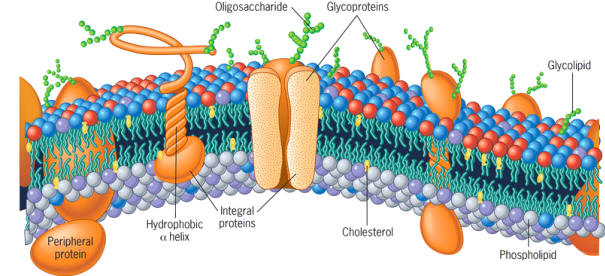
Fat in the body:
- Fat composes the membrane of each of our cells.
- The brain is largely composed of fats.
- Fats play a critical role in neural plasticity.
- Hormones, from a molecular standpoint, are fats.
Dietary fats:
- Fats are not necessarily greasy such as: salmon, mascarpone cheese, eggs etc.
- Not all fats are animal fats (and greasy) such as: nuts, avocado, coconut, wine (butyric acid) etc.
- Good sources of fats are found in animals and animal products that have been bred naturally regardless of the end product.
- On the other hand, fats derived from products that have been grown artificially can be very damaging, the same goes for proteins and carbohydrates.
Cell fats: the basis of our health.
Lipids compose the external membrane of all our cells and the membrane of the organelles inside the cell.
 The cell membrane, also called plasma membrane or plasmalemma, is one of the key features of all eukaryotic and prokaryotic cells.
The cell membrane, also called plasma membrane or plasmalemma, is one of the key features of all eukaryotic and prokaryotic cells.
Its core structure is formed by a bilayer of phospholipids and is a semipermeable membrane that separates the inside of the cell from what is outside.
It is therefore a functional interface between cells and between cells and the outside world.
When it is working correctly this means that:
- It keeps viruses and bacteria on the outside;
- It correctly transports neurotransmitter signals which are critical to managing thoughts and emotions;
- It allows molecule cascades which are at the heart of memory making and learning;
- It improves the exchange of immune system messengers so as to favour or block inflammatory processes and other forms of defence.
By contrast, if the cell membrane is not in optimal conditions all these processes and systems will be dysfunctional or pathological.
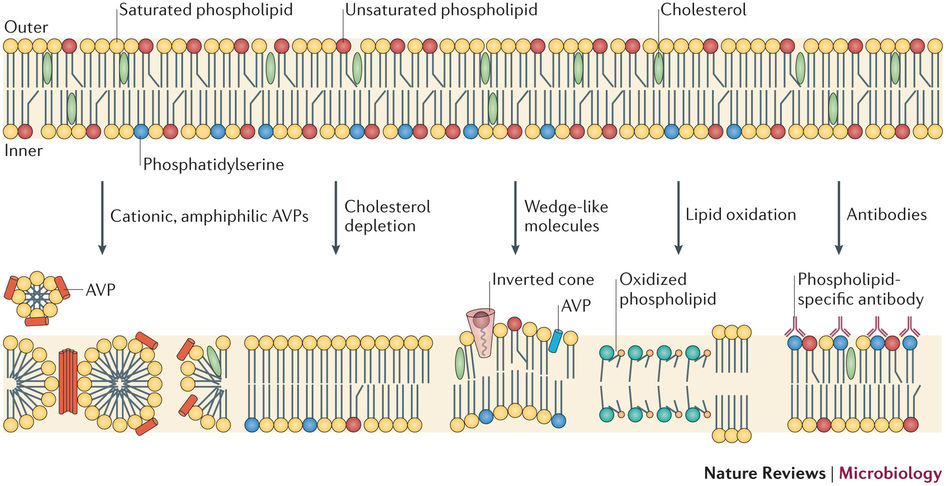
The three main lipid membrane categories are: phospholipids (70% of overall lipid weight), cholesterol (20%) and glycolipids (5%).
It is immediately clear that a fifth of the membrane is composed of cholesterol. It is important to remember this fact when we come to ‘issue 2’, or to the explanation of why cholesterol is not as negative as we are used to thinking.
Balance that makes a difference: health and inflammation
The balance between different types of lipids provides fluidity and plasticity to the membrane and helps the cell function correctly.
Omega 3 and omega 6 fats are part of the phospholipid category. Their balance is also very important.
The correct ratio between them should be around 1:2 and 1:4, or one omega 3 balanced by two omega 6 fats.
Today in industrialised countries we are witnessing a total reversal of this ratio with a marked skew in favour of omega 6 fats.
Recent research shows that in some instances in the United States the ratio reaches a staggering 1:20.
How is this possible?
The answer is clear when we think about where these omega 6 fats are found.
In fact, all these omega 6 fats are found in seed oils that are widely used in the food industry because they have a longer shelf life and higher smoking point.
But this practice is not limited to fried foods and condiments. These oils are added to practically any packaged food (bread, pizza, snacks etc.) because they represent the cheapest and most effective solution to keeping them moist and to lengthening their sell-by date.
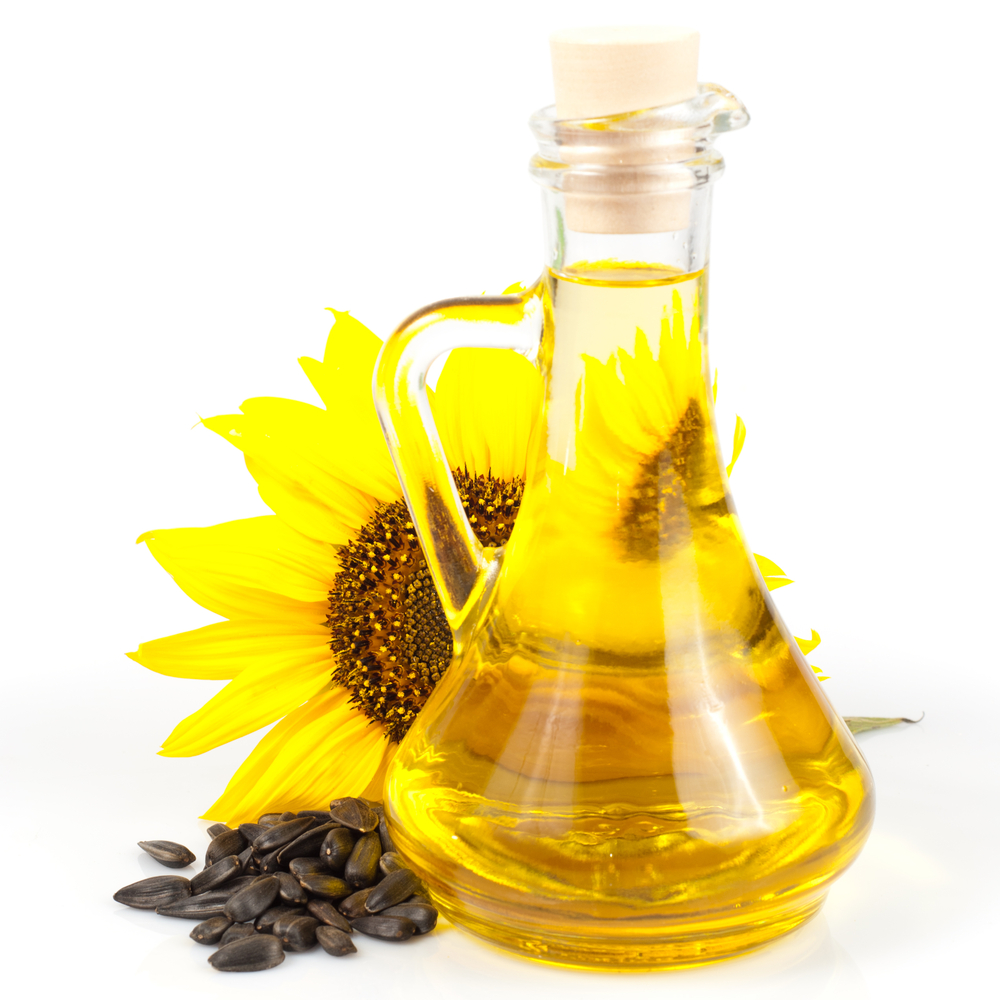
In addition to this, the misbalance between Omega 3 and Omega 6 fats has important effects on our immune system, our perception of pain, and our emotional responses (further analysis on the link between immune system and emotions can be found in articles linked to psychosomatics and emotions in our blog, or in our book: The Switch – The Science of Change.
Omega 3 and omega 6 fats are lipid molecule precursors (eicosanoids) with a critical role in signalling inflammation. In a nutshell, omega 3 fats favour anti-inflammatory signalling, while omega 6 fats favour pro-inflammatory signalling.
It’s clear, therefore, that an on-going excess in omega 6 fats favours and maintains the inflammatory cascade through the production of Leukotrienes and Prostaglandins. This is the same kind of inflammatory cascade that is typically extinguished using cortisone or anti-inflammatory medication.
2. A historical root to the problem: reconsidering cholesterol
Poorly managed research, but very wide-spread
The reason saturated fats have been unjustly criticised for so long stems from a 1958 study carried out by the biologist and physiologist Ancel Keys: The Seven Countries Study.

In that era Ancel Keys, accompanied by his wife, decided to travel the world to study the diet of different populations to prove his theory that there was a real connection between fats and cardiovascular morbidity.
The main problem with the methodology of the study is that of 22 countries visited A. Keys only reported on 7, or in other words those where- in one way or another- it was possible to find a connection between the consumption of fats and coronary heart disease morbidity.
At this point you’ll be wondering: but what about the other 15 countries?!
The other countries hadn’t shown any relation between fats and cardiovascular morbidity.
In truth this wasn’t true even in the 7 countries that were included in the published study that supposedly supported the theory, as was proven years later by researches that gathered and analysed all the raw data that had previously been collected.
In reality, fats were in no way responsible for cardiovascular morbidity. These researchers- and many more after them- showed that the real issue was a diet excessively rich in sugar.

Unfortunately, however, in the same period, with the support of the US government, Ancel Keys succeeded in disseminating the message that fats are bad and that they are the main cause of cardiovascular disease.
As a result, the government banned from the US diet practically any form of saturated fat!
And what happened to cardiovascular disease after this campaign?
It has spiralled dramatically since the 60s!
Recent decades have seen a reduction in fats, but the average sugar intake has reached 20 times what the body truly requires.
Debunking the cholesterol myth
Out of all the types of fats, Ancel Keys’ campaign particularly singled out cholesterol.
Let’s try and understand the issue.
As part of our daily diet the body can absorb at most 15-10% of cholesterol through consumption of animal fats such as eggs, butter, meat etc. This is exogenous cholesterol.
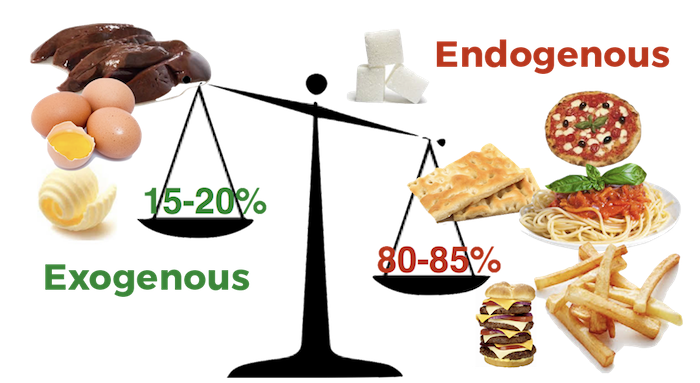
Where does the remaining 80/85% cholesterol come from? The remaining 80-85% cholesterol called ENDOGENOUS is produced by the liver from sugar!
What does this mean?
That in reality it’s not fatty foods, but a high carbohydrate diet that favours an increase in cholesterol!
On the other hand, we need to remember that much maligned cholesterol is in reality critical, not just for the composition of the cellular membrane, but to a number of primary functions within the body. It:
- Stabilises cell membrane;
- Is involved in cell development and division;
- Is essential to the development of the embryo;
- Is at the heart of the synthesis of steroid hormones: aldosterone, cortisone, testosterone, oestradiol;
- Is a Vitamin-hormone D precursor;
- Emulsifies dietary lipids to help the small intestine absorb them;
- Keeps viruses and bacteria out of the cell.
Transparency on different fats
Saturated fats compose the human body therefore we can’t do without them. They can be found in animal produce such as butter, cheese, whole milk and fatty cuts of meat, but also in vegetable produce such as coconut oil. If they are high quality, they carry extremely important nutrients to help maintain our body healthy and keep vital and metal functions optimal.
On the other hand, it’s important to be careful with hydrogenated oils, trans fats and unsaturated fats that have been artificially manipulated to increase their longevity and to stabilise them. This type of fat interferes with our insulin receptors putting us at risk of chronic diseases such as metabolic syndrome, cancer, cardiac disease and diabetes.
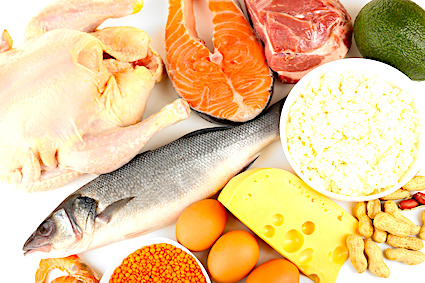
Which are the best sources for healthy dietary fats?
Animal origin fats are certainly a good source as they contain beneficial levels of omega 3 fats for the whole body and most of all for the brain.
This means eating butter, fatty meat cuts such as liver, oily fish etc.
The important thing is quality!
Green-feed cows, or those that mainly eat grass and not animal feed (which is usually composed of OGM maize, antibiotics and hormones to speed up growth) are ideal.
Other important sources of healthy fats are avocado, coconut oil or cocoa butter as found in dark chocolate.
The latest scientific research recommends that healthy fats from these foods represent 50- 80% of the daily energy intake.
Let’s also remember that fats are more filling than sugars. A lower quantity is therefore required compared with carbohydrates.
The benefits of fats
Let’s try to summarise the benefits of fats. They:
- Provide composing elements for cell membrane and hormones
- Favour the absorption of calcium
- Support critical vitamins such as A, D, E and K (soluble vitamins)
- Act like an antiviral agent (caprylic acid)
- Provide the ideal type of energy for the brain and heart
- Increase a feeling of fullness (help regulate hunger-fullness alternation)
- Modulate genetic regulation and contribute to the prevention of cancer (butyric acid)
- They are the key fuel for brain function.
The brain in fact cannot work correctly without fats. On the other hand, an excess in sugar leads to neural problems and impedes the signalling of insulin. Omega 3 fats specifically are essential for good brain function.
In short, due to various factors, fats have been unjustly maligned…
Research is moving in quite the opposite direction to help restore a healthy intake of fats to recover human physiology.
We will pick up on some of these themes and will analyse them further in the next article.
- [new link coming soon] Mind and food: thoughts, flavours, sense of guilt, and weight gain can influence one another
- [new link coming soon] Two Pounds of Bacteria in Our Body Can Adjust OUR MOOD – Connections between Intestine and Brain
Stay connected with news and updates!
Join our mailing list to receive the latest news and updates from our team.
Don't worry, your information will not be shared.
We hate SPAM. We will never sell your information, for any reason.


